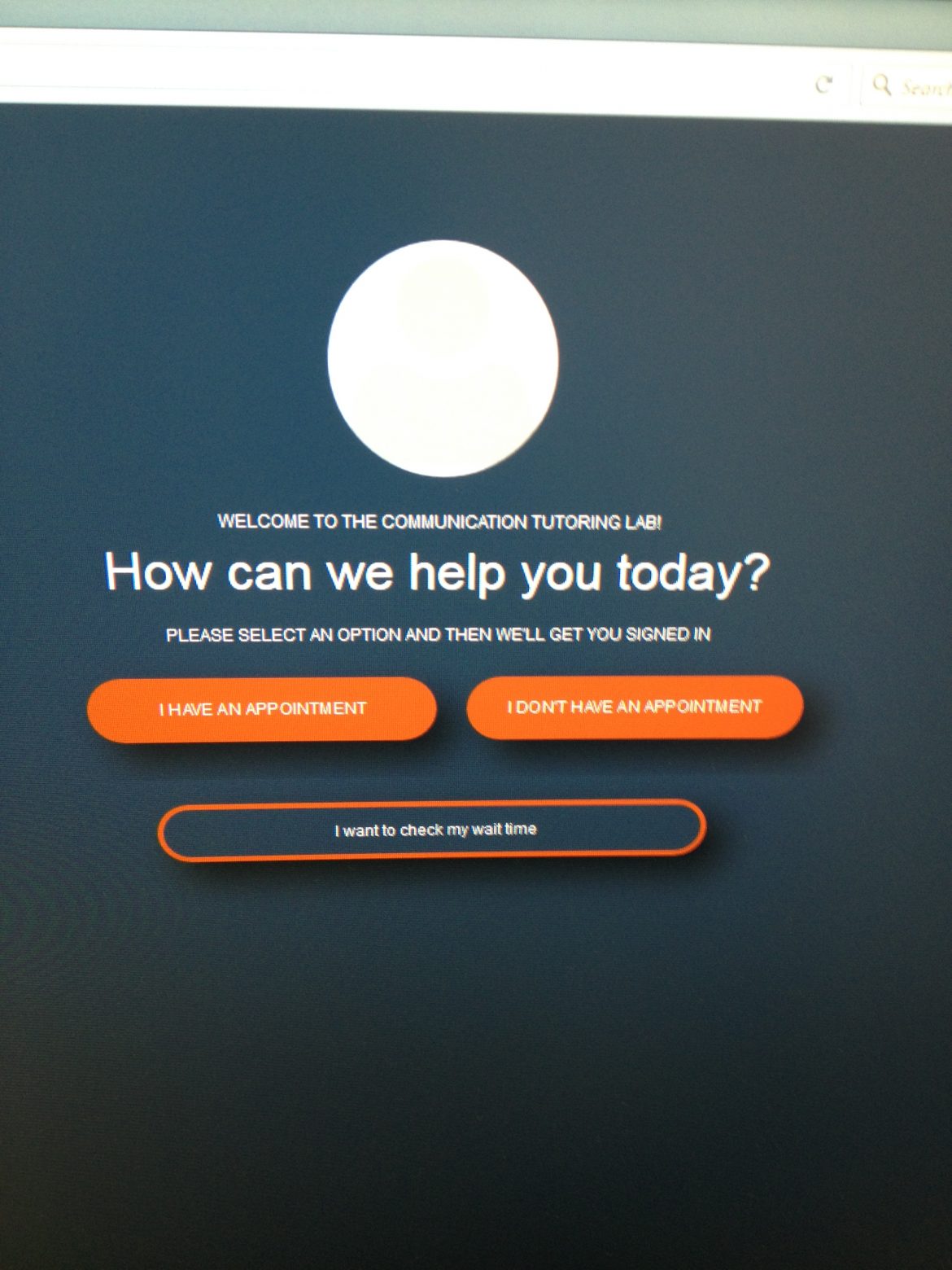
Communication Lab Benefits Both Tutor and Students

Communication Lab Benefits Both Tutor and Students
By: claycormany in Life in General
June 23, 2000, was one of the saddest days of my life. On that day, my mother passed away after a nearly year-long battle with pancreatic cancer. Ironically, something good also happened that day. In the afternoon, Professor Chris Hopkins of Columbus State Community College called, asking if I would like to be a tutor in the college’s speech lab. Her call wasn’t a total surprise; I had contacted Columbus State’s Communication Department several weeks earlier about part-time teaching positions. But coming when it did, the call gave my spirit a desperately needed boost as well as a reminder that, even in the midst of sorrow, the promise of a happier tomorrow is still there.
I went to work in the speech lab that fall and, with occasional breaks, have worked there to the present day. Changes have occurred over that time. The lab is now known as the Communication Tutoring Lab, and a few years ago it moved from the basement of Nestor Hall to a larger and better-equipped facility in nearby Union Hall. We have also moved from a paper-and pencil method of managing student appointments and evaluations to an online system.
One thing that hasn’t changed is the purpose of the lab: to help students deliver effective oral presentations in the classroom. Students begin their tutoring adventure by making an appointment for a half-hour block of time. When they arrive, my first job is to review their outline. Public speaking instructors require their students to use full sentences throughout their outlines, to clarify where their introduction, body, and conclusion are, and to spell out both a specific purpose and a central idea.
Once their outline has been approved, students move to the rehearsal room, where they deliver their speech while being recorded by an overhead camera. A sophisticated AV system in the room enables them to present tables, graphs, photos, and other images to reinforce their message. When they conclude, students take a seat and the tutor runs the recorded speech on a screen in front. Different tutors have different approaches to providing feedback to students. Sometimes, I stop the speech to point out something that needs to be corrected; other times, I withhold comment until the end. In any case, students leave with a good idea of what they need to do to improve. Often that means strengthening eye contact with the audience, avoiding distracting hand motions, and reducing the use of verbal pauses (ahs and ums). I also let students know what they are doing right. Many of them have fascinating, well-developed topics, and I don’t hesitate to let them know that they have something valuable to share with their listeners.
When I started in the Communication Tutoring Lab, the money I earned was important since I had a child in college and two others about to enter. Now the money – though still welcome – is not the primary reason I remain on the job. Now I tutor to gain a perspective on the world I would not otherwise have. In truth, the students who come to the lab often tutor me, teaching me lessons about perseverance, commitment, and hard work. Some have lived in refugee camps or on the street; others have endured health challenges and abusive relationships. When I listen to their speeches, I realize how small my problems are. Moreover, I understand that if I can help them improve their public speaking skills, my time in the center will be well spent.

